Marinus Van Reymerswaele
C.1490 – C.1546 | Dutch
The Tax Collectors
16Th Century
Oil On Wood Panel
Marinus Van Reymerswaele Stands Among The Greatest And Most Beloved Artists Of 16Th-Century Antwerp. Entitled The Tax Collectors, This Oil On Board Original Exudes The Technical Skill And Life-Like Vibrancy For Which The Artist Is Renowned.
In A Quiet Interior Scene, Two Men Sit At A Green Table Covered In Coins, Jewels, And Empty Moneybags. While The Man In The Red Turban-Like Head Wrap Calmly Records Transactions In His Leger, His Companion Grimaces, Still Clutching An Empty Coin Purse. A Meticulous Painter, Marinus Takes Care To Painstakingly Render Each Minute Detail With Tremendous Accuracy. Marinus Has Precisely Lined Each Fold In Their Garments And Each Wrinkle On The Men’S Faces And Hands. He Further Demonstrates His Skill By Capturing The Reflections Of Light Within The Reflective Gemstones And Brass Candlestick. His Treatment Of The Men’S Faces Is Caricatured But Still Believable, Setting Up An Excellent Satire On The Tax Collectors. Overall, The Artist Has Imbued The Scene With A Lifelike Vibrancy With A Bold Palette And Confident Application Of Paint. For Further Explanation Of The Incredible Details In This Work Of Art, Please See The Pictorial Key.
The Economic And Cultural Boom Of 16Th-Century Antwerp Effectively Made The Once-Small Flemish City The Financial Center Of The World. The Greatest Artists From All Over The Continent Were Drawn To The Prosperity And Sophistication Of Antwerp. Without A Doubt, A Scene Of Two Misers Would Have Been Immediately Recognizable To A 16Th-Century European. The Subject Was One Of The Most Popular Of Its Time, Gracing The Collections Of Queens, Kings And Private Citizens Alike. All Would Have Understood The Image As Satirical, Poking Fun At The Two Tax Collectors Wearing Gaudy, Outdated Clothing With Contorted Faces. During This Period, The Citizens Of Antwerp Would Have Paid Their Taxes Directly To The Habsburg Dynasty Of The Holy Roman Empire, Centered In Vienna, Leading To Discontent Among Those In Flanders. The Sudden Advent Of Capitalism And Urbanism Stirred Uncertainty Among Many About The World’S Future. Despite These Political And Economic Grievances, Viewers Could Share A Laugh At Marinus’S Painting Depicting The Two Men Who Served This Oft-Despised Role.
Marinus Van Reymerswaele, Dutch By Birth, Spent The Majority Of His Life Living And Working In Antwerp. In 1509, He Registered With The Antwerp Guild Of St. Luke, Cementing His Position Within The Artistic Fabric Of The City By Producing Copies Of Beloved Artworks. Nearly 500 Years Later, Marinus’S Works Reside In Museums Worldwide, Including The Louvre In Paris, The National Gallery In London And The Museo Del Prado In Madrid. One Version Resides In Windsor Castle, Within The King’S Private Quarters, And The Royal Liechtenstein Collection Acquired Its Own In 2008. It, Like Ours, Displays The Same Remarkable Color And Expressive Faces That Characterize Our Masterpiece. Of These Comparable Paintings, Only The Royal Liechtenstein Example Is Equal To Ours In Quality And Condition.
Circa 1540
Panel: 42″ High X 31 3/4″ Wide Frame: 48 1/2″ High X 38 5/8″ Wide X 3 3/4″ Deep
Provenance:
Acquired By Private Collection, United Kingdom Circa 1880;
Thence By Direct Descent.
M.S. Rau, New Orleans
Sale!
Fine Art M.S. Rau | The Tax Collectors Attributed To Marinus Van Reymerswaele
$94.00

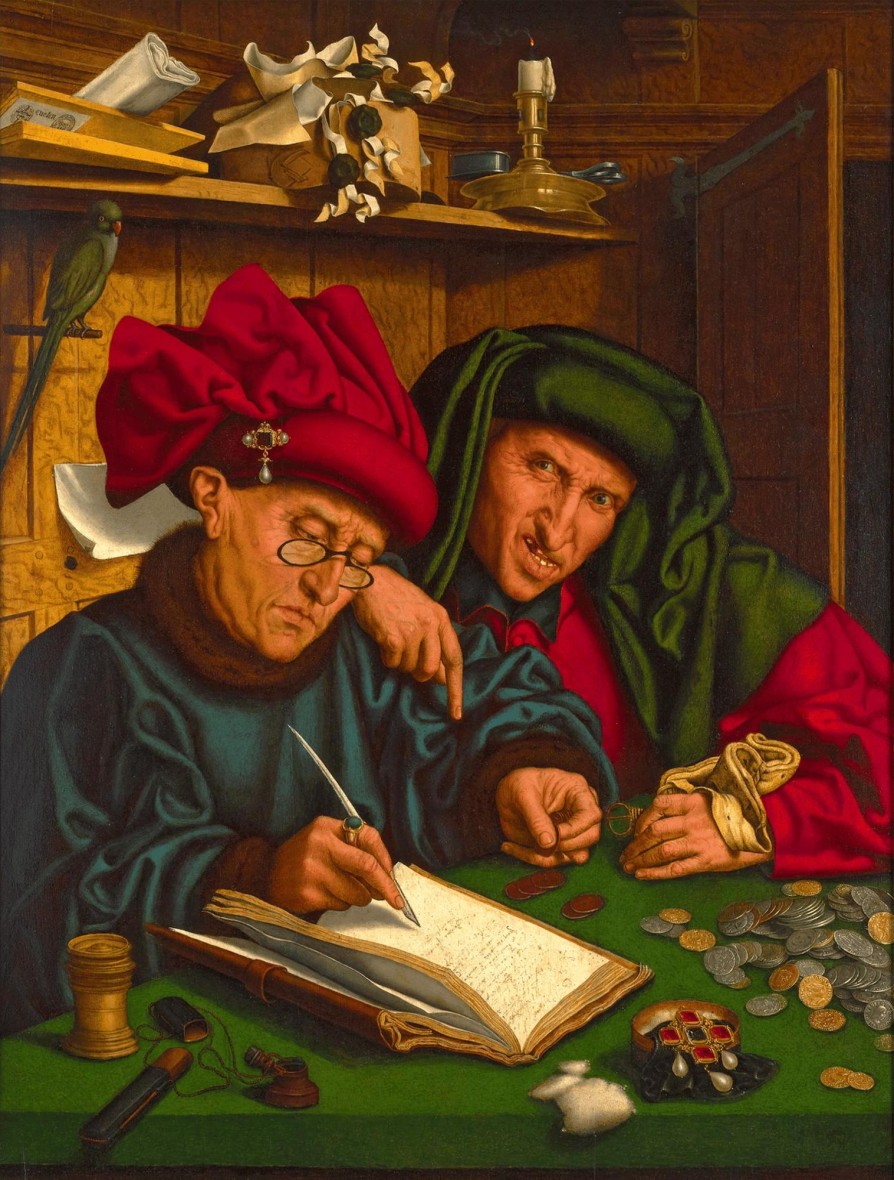
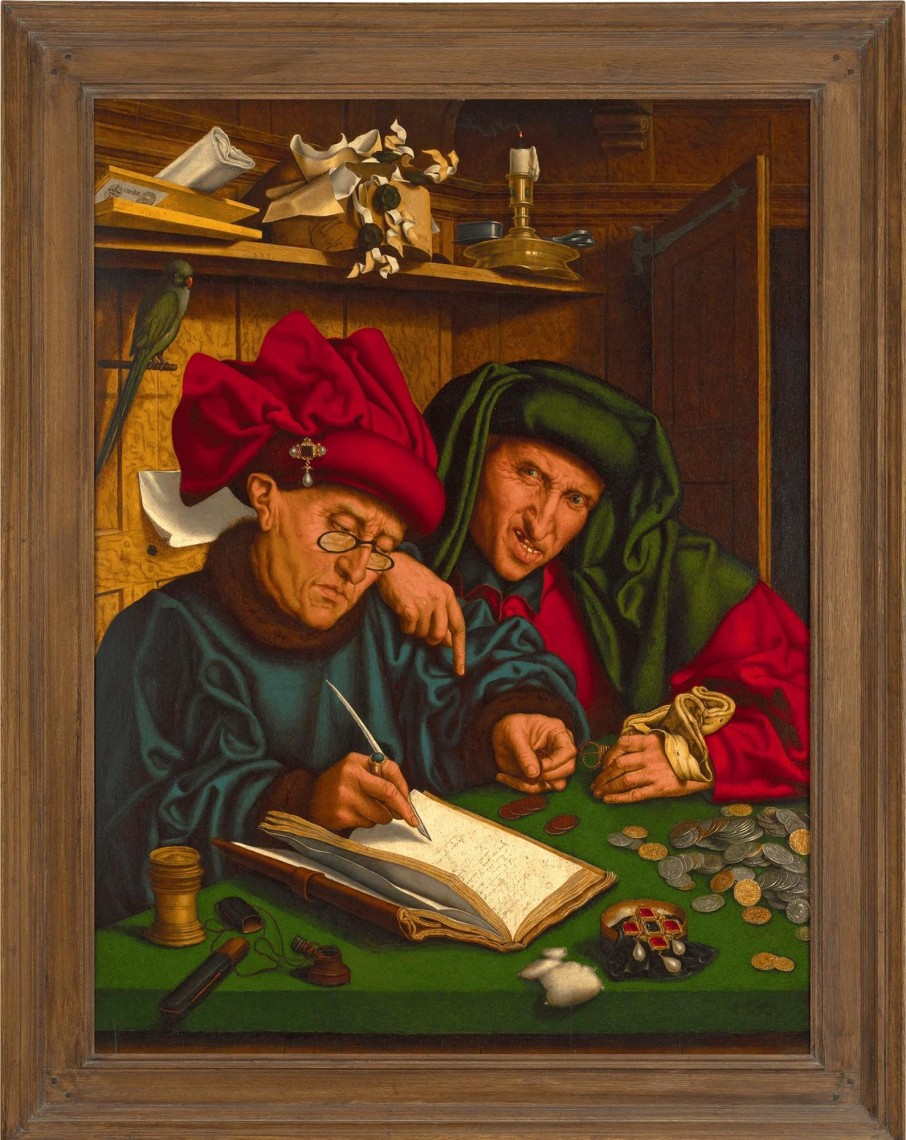
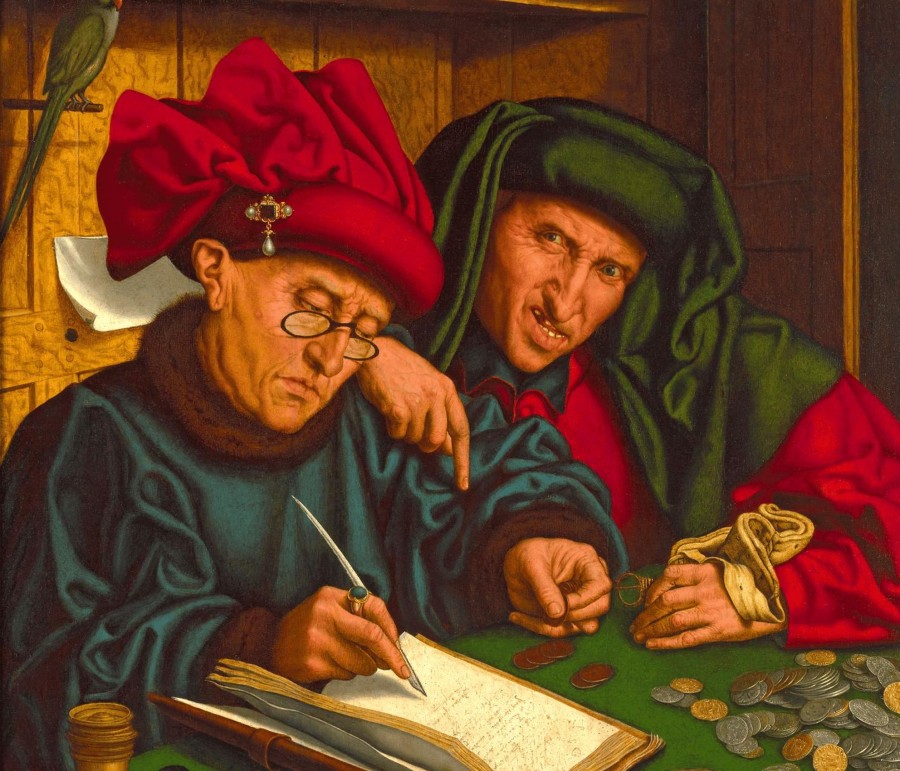
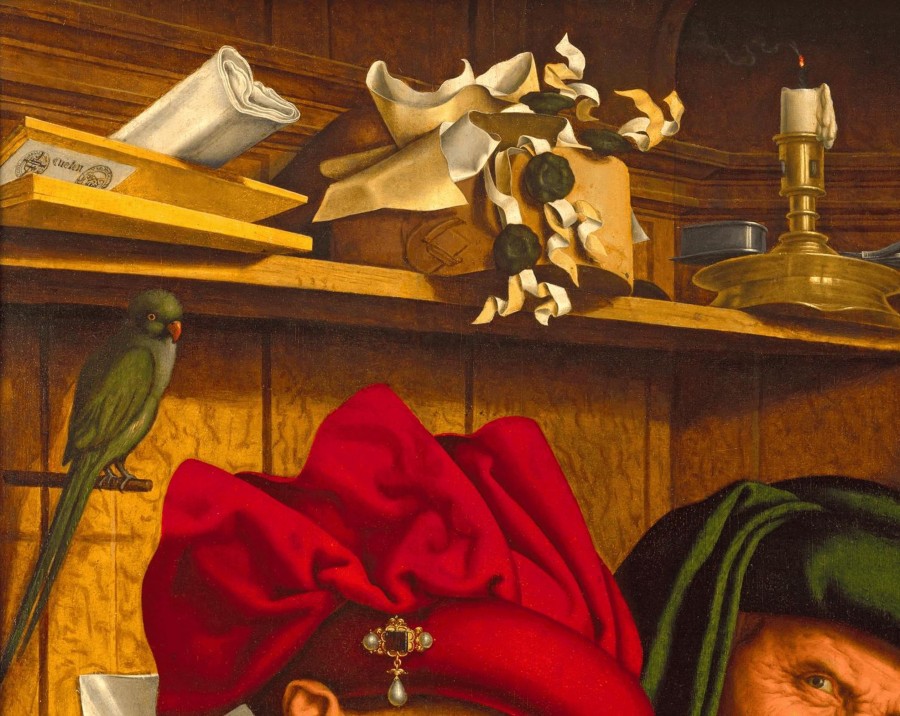
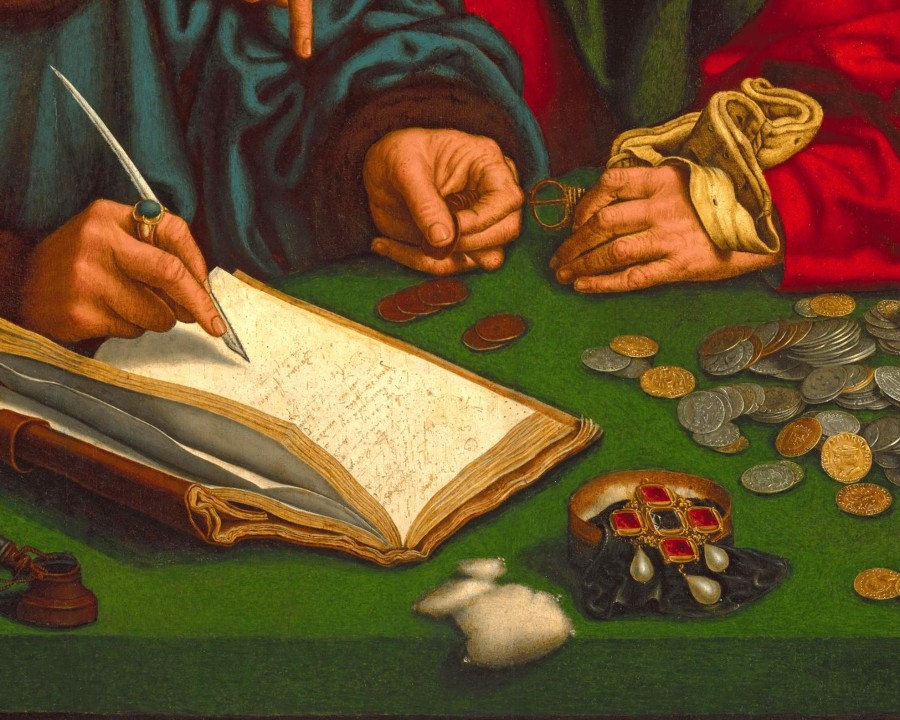
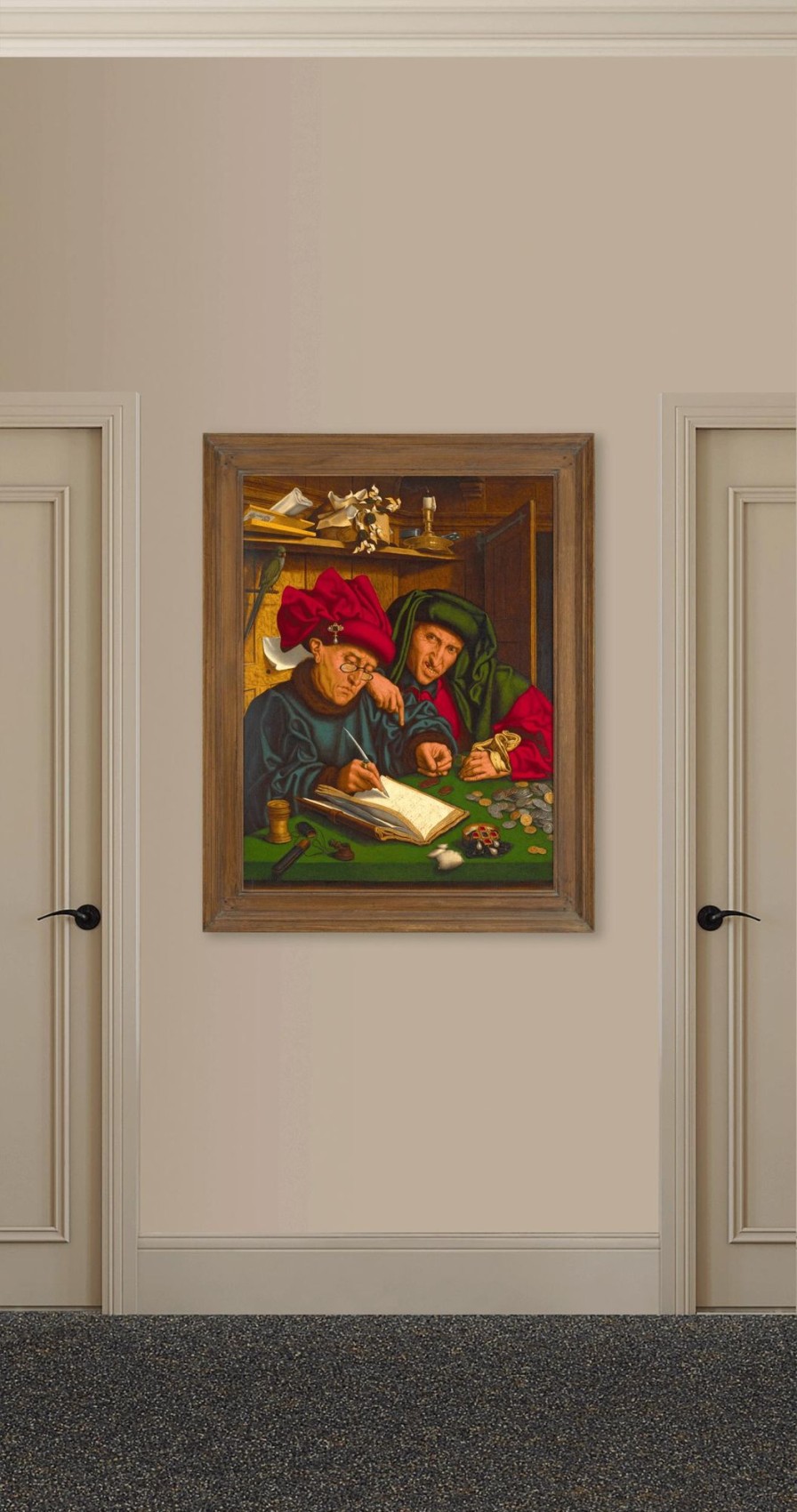








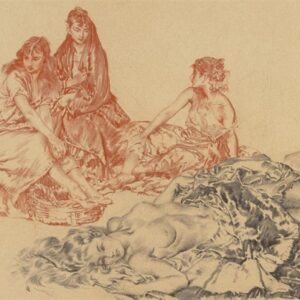
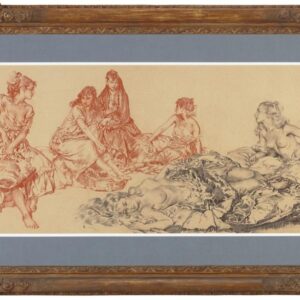
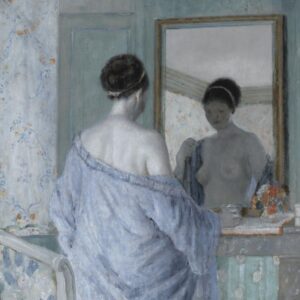
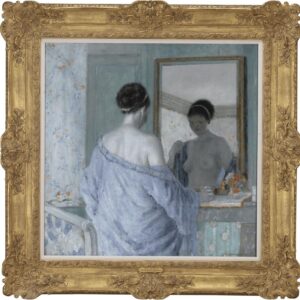

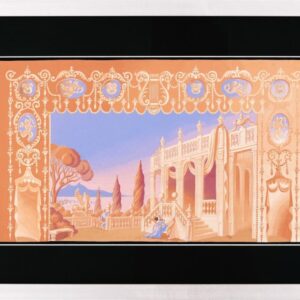
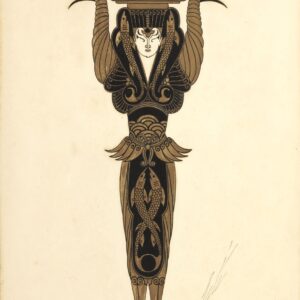
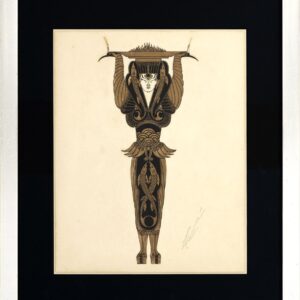
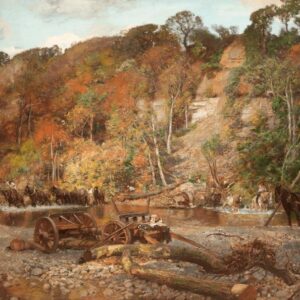

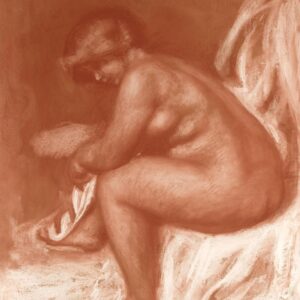
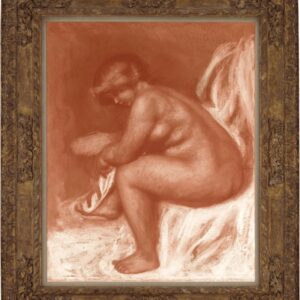


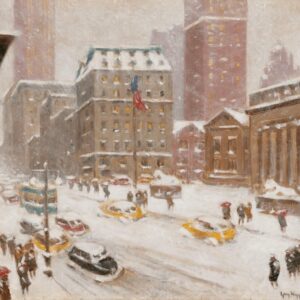
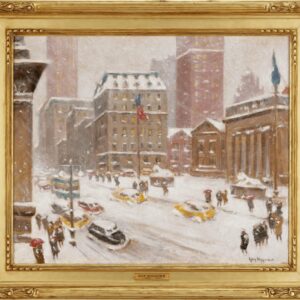
Reviews
There are no reviews yet.